1. Penmanship
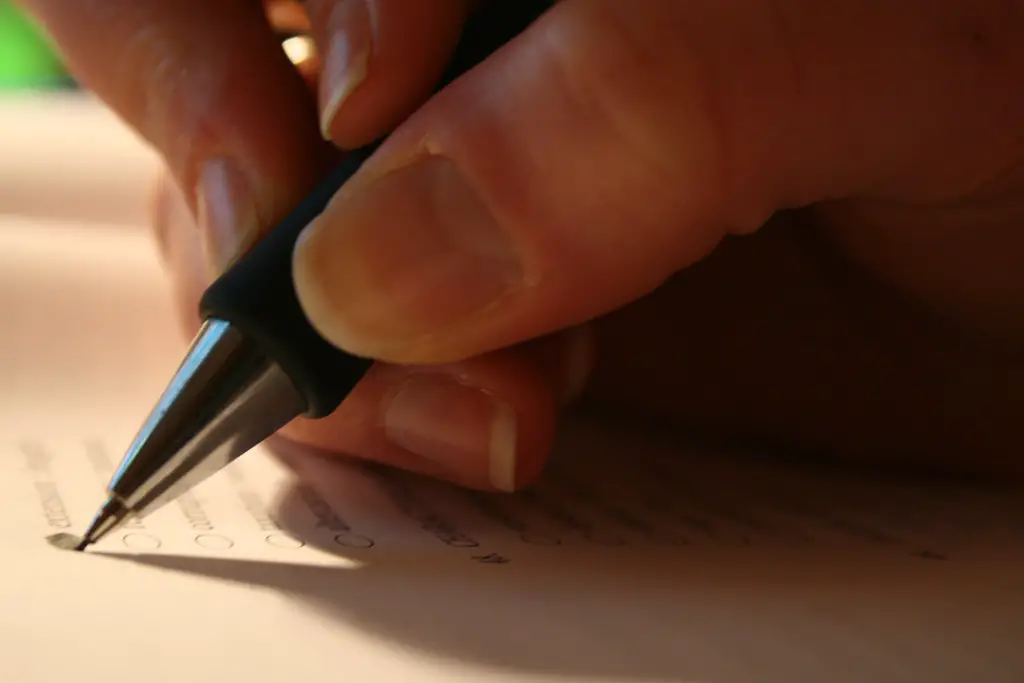
Back in the day, learning how to write neatly wasn’t just a suggestion—it was a requirement. Teachers would walk the aisles with rulers, making sure every loop and tail matched the Palmer Method. Every classroom had that one kid whose cursive looked like it came off a wedding invitation shares Education Week.
There was real pride in perfect cursive, and kids were graded just as harshly on handwriting as they were on math. Nowadays, with everything typed, cursive has all but disappeared from classrooms. Some students today don’t even know how to read it. That would’ve shocked teachers in the ‘50s who swore beautiful handwriting said something about your character adds NJ.com.
2. Home Economics

Home Ec wasn’t just about baking cookies—it taught you how to balance a checkbook, sew a hem, and plan a meal on a budget. It was once seen as vital preparation for adult life, especially for girls. Entire class periods were spent learning how to make a grocery list and follow a recipe shares New York Post.
Sure, it had its gendered downsides, but it offered hands-on life skills that are surprisingly rare today. With more people relying on takeout and apps for everything, those basic skills have slipped through the cracks. Now, people learn to do laundry in college and burn grilled cheese in their 30s. Maybe it’s time to bring back a little kitchen confidence adds PBS.
3. Shop Class
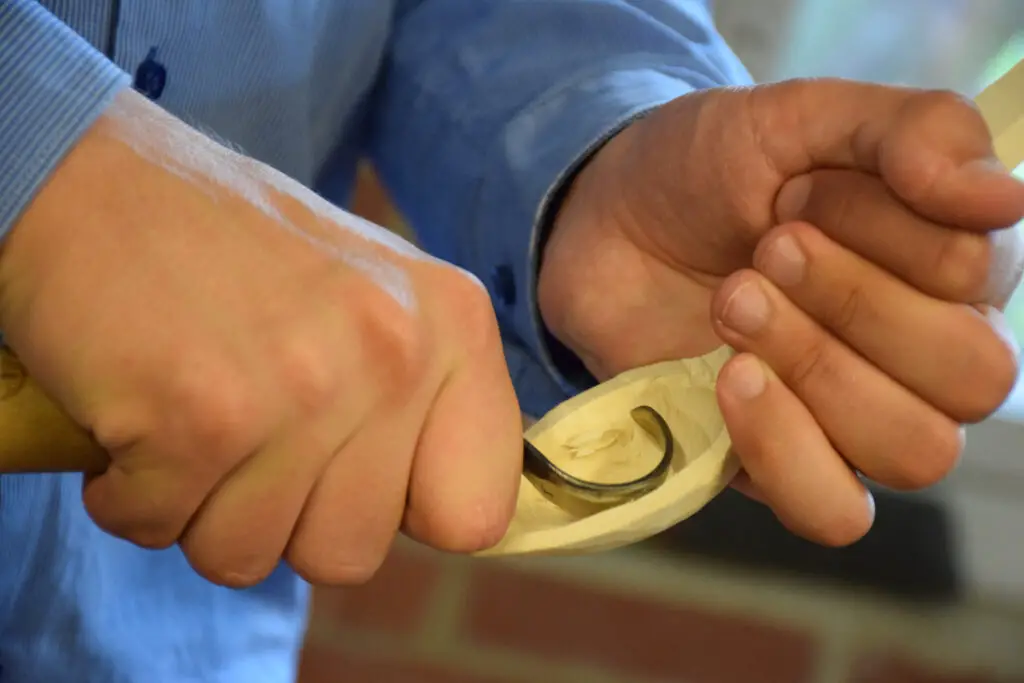
If you graduated before the 2000s, there’s a good chance you built a birdhouse or welded something that barely held together. Shop class was where you learned to use tools, understand basic mechanics, and respect safety goggles. The smell of sawdust and the sound of a buzzing jigsaw felt like a rite of passage.
But over the years, these hands-on trades got pushed aside in favor of college prep and computer labs. That’s a shame, because not every kid learns best by sitting still and taking notes. Some come alive when working with their hands. Plus, with a skilled trades shortage today, shop class might’ve been more useful than we realized.
4. Civics
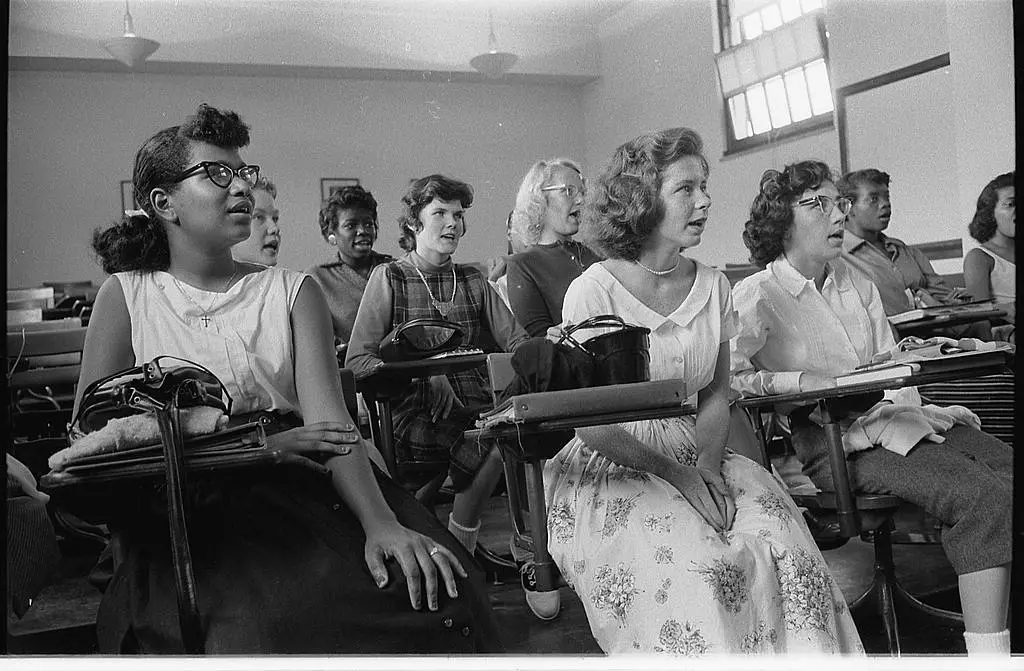
Civics class once taught kids how the government actually works—not just on paper, but in real life. It broke down voting, how laws are made, and why jury duty isn’t just a chore. You’d even learn the difference between a senator and a representative, which isn’t as obvious as you’d think.
Nowadays, civics is often lumped into social studies, if it’s covered at all. That’s left a lot of adults fuzzy on how democracy functions. With the world getting more complicated, understanding the basics of our rights and responsibilities is more important than ever. Maybe it’s not just about passing tests, but about being an informed citizen.
5. Typing
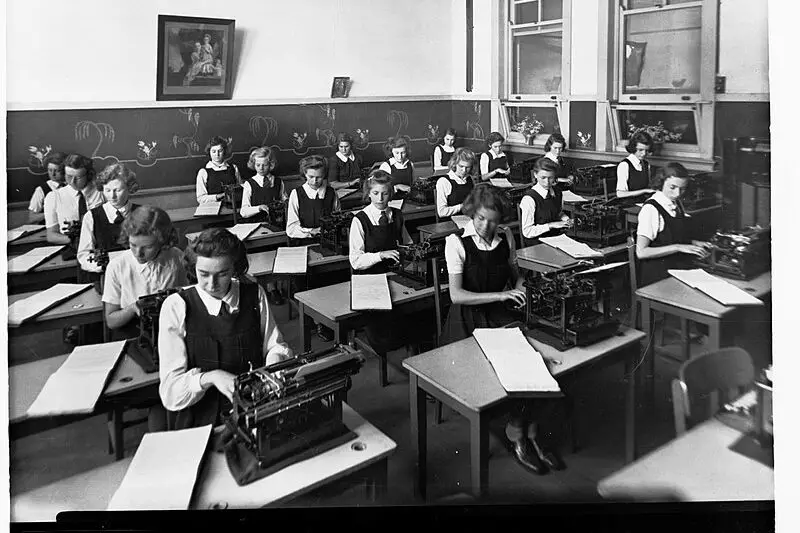
Long before autocorrect, there was a symphony of clacking keys in school typing classes. Students would sit at clunky typewriters and race to hit 40 words per minute with zero errors. The sound of those timed drills could give anyone flashbacks.
It might sound outdated, but those skills translated beautifully into the digital age. Keyboarding today feels like something you’re expected to just know, not something you’re formally taught. But proper technique can still make a big difference in efficiency. Plus, there was something satisfying about getting that coveted “Typing Certificate” in middle school.
6. Latin

Latin used to be the language of scholars and high schoolers alike. Even if you didn’t plan to become a priest or a doctor, you probably learned some Latin roots by default. You’d chant declensions in unison until they were seared into your brain.
These days, most schools don’t bother offering it. That’s a loss, because Latin can actually help students understand complex vocabulary, especially in law, medicine, and science. Not to mention it made spelling bees a little easier. It may be a “dead language,” but it once gave kids a solid academic foundation.
7. Calligraphy
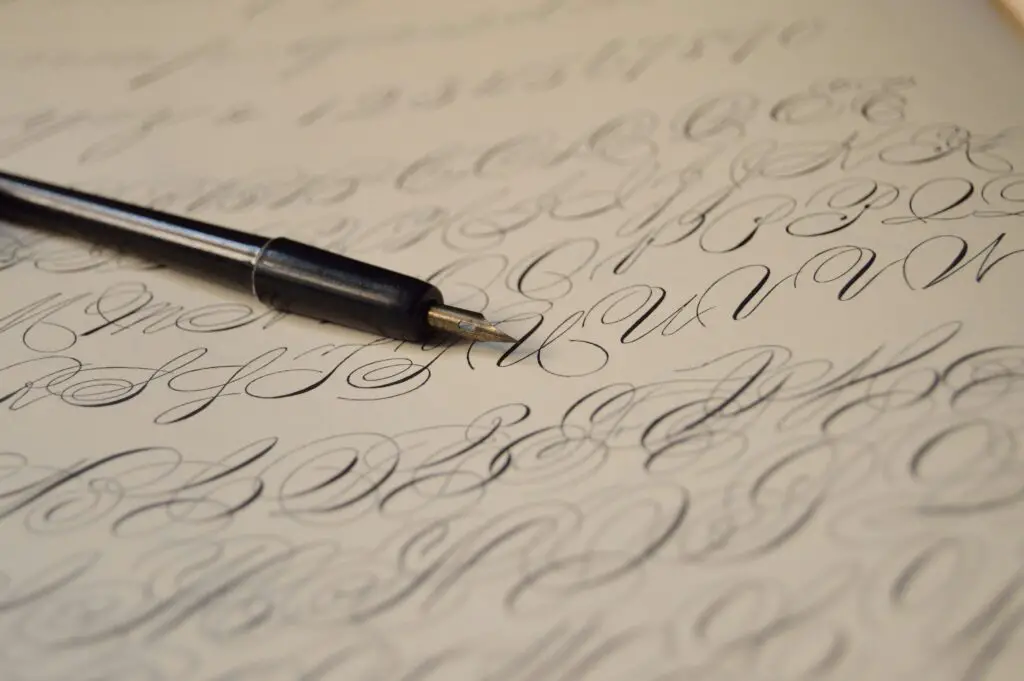
Before fonts came with names like Comic Sans and Arial, there was calligraphy class. It taught students how to form elegant letters with patience and flair. You needed the right pen, the right ink, and just the right amount of pressure.
More than just fancy writing, it required a level of focus and control that bordered on meditative. In an age when fast and functional wins, this art form quietly faded away. But some adults now pay good money to learn it again as a hobby. Funny how something once drilled into us now feels like a forgotten treasure.
8. Etiquette

Table manners, thank-you notes, polite conversation—there was a time when these were taught in school just like math and science. Etiquette wasn’t just about napkin placement, it was about being respectful and presentable in society. Some lessons even included how to answer the phone properly.
Some schools even had whole units on social graces, especially in the ‘50s and ‘60s. As time went on, these lessons were seen as old-fashioned or elitist. But in a world full of emojis and informal texts, a little polish can still go a long way. Kindness and courtesy never really go out of style.
9. Mental Arithmetic
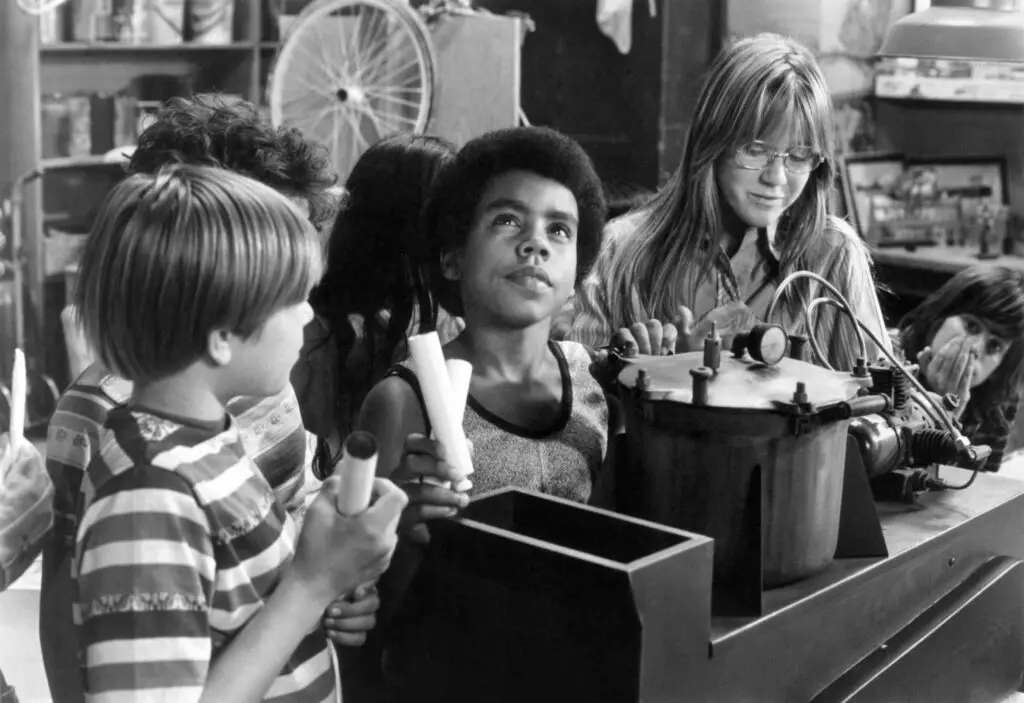
Before calculators became a classroom staple, students had to do math in their heads. That meant memorizing multiplication tables, estimating change, and knowing what 15% of $20 actually is. Flashcards and timed drills were all part of the experience.
This wasn’t just math—it was life math. And it stuck with people because they had to use it daily. Now, phones do the thinking for us, but at what cost? That mental agility was a muscle, and some of us haven’t flexed it in years.
10. Elocution
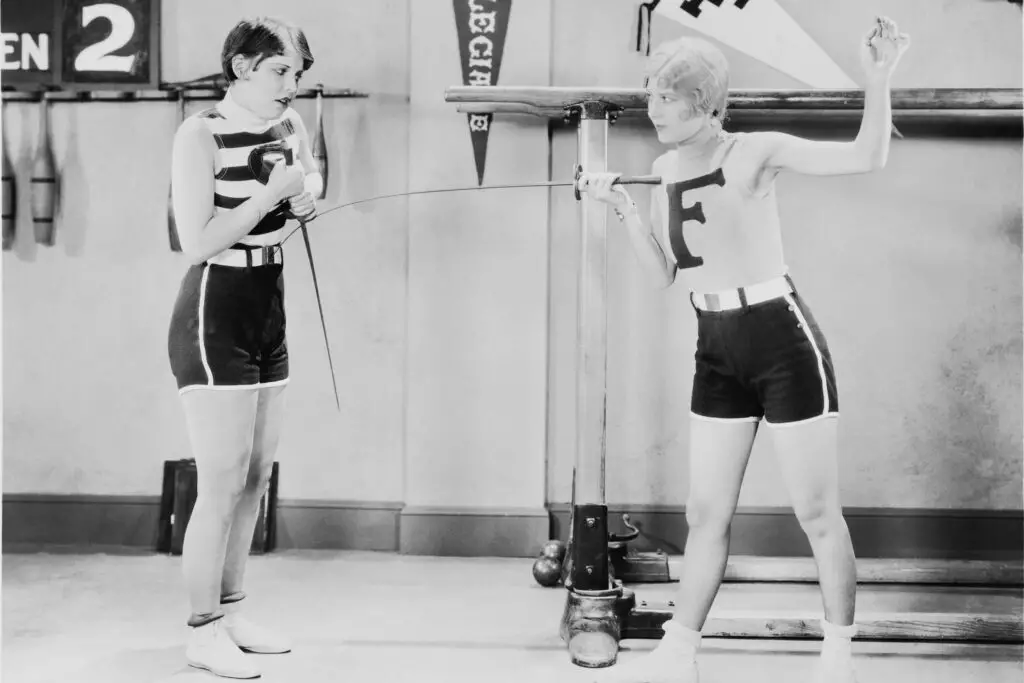
Once upon a time, how you spoke was just as important as what you said. Elocution classes taught pronunciation, volume, clarity, and poise. Students would practice tongue twisters to improve articulation.
It wasn’t about being fancy, it was about being understood. And for students headed into law, theater, or public life, it was considered essential. Now, many kids learn public speaking by accident—or not at all. But those confident speakers? Many of them started with a little elocution practice.
11. Agriculture

Especially in rural schools, agriculture wasn’t an elective—it was a necessity. Kids learned crop rotation, soil science, and even how to take care of livestock. FFA jackets were worn with as much pride as varsity letters.
As society moved toward cities and suburbs, these classes started vanishing. But food still has to come from somewhere, and understanding the land is still a valuable skill. Today’s farm-to-table movement could use a few more high schoolers who once bottle-fed a calf before first period.
12. Debate
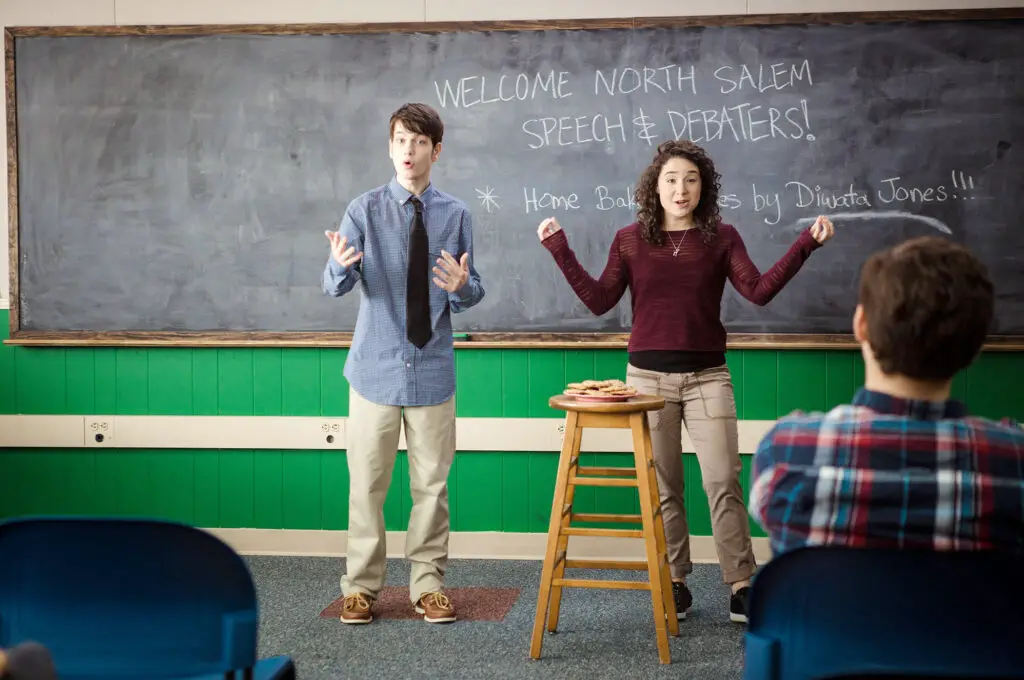
Before social media taught us to argue in 280 characters, there was debate club. It taught you how to build an argument, understand both sides, and present your case with facts, not just feelings. Preparing for a debate often meant hours of research and rehearsing your tone.
This wasn’t yelling—it was structured, respectful disagreement. Debate helped students learn logic, public speaking, and persuasion. All skills that come in handy far beyond the classroom. And it’s sorely missed in today’s polarized world, where listening often feels optional.
13. Music Appreciation

Not just playing instruments, but actually listening to and understanding music—classical, jazz, world traditions—used to be a part of the curriculum. Music appreciation helped students connect with culture, history, and emotion in new ways. You might listen to a symphony and be asked to describe how it made you feel.
It wasn’t about tests, it was about exposure. But as budgets got tight, these kinds of classes were often first to go. That’s a loss, because music is a universal language, and learning to love it deepens your understanding of everything else.
14. Map Reading
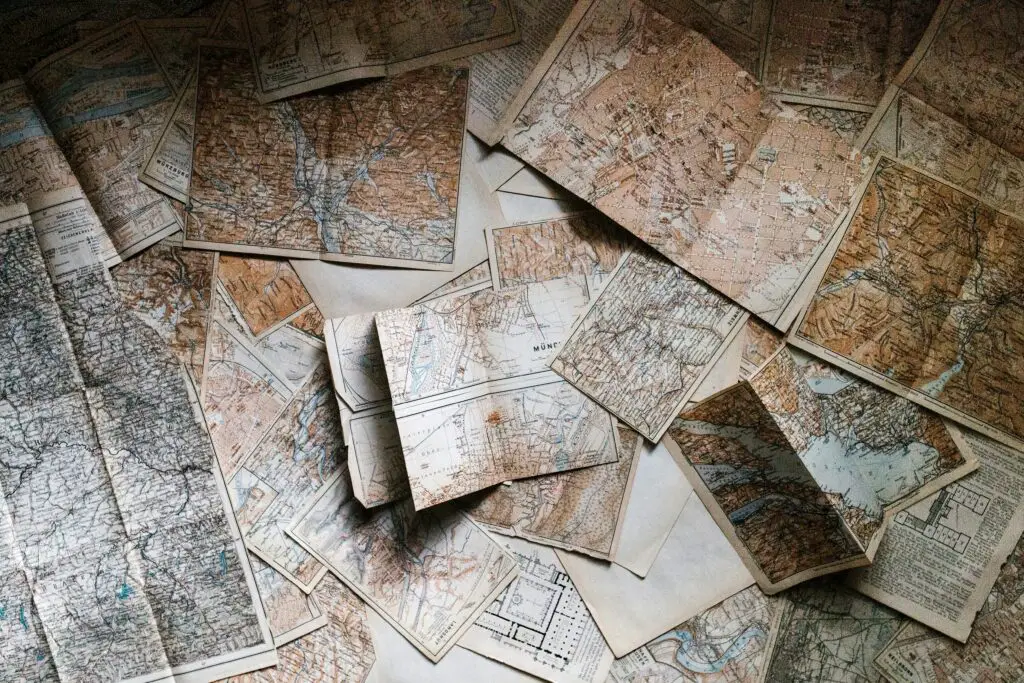
Before Google Maps and GPS, you had to unfold a paper map and figure things out. Schools taught kids how to use a compass, read topography, and follow a grid. Sometimes that meant mapping out a fake road trip or plotting coordinates on graph paper.
It gave students a real sense of place and direction. Now, many young people have never navigated without a blue dot telling them where to go. But learning to read a map built confidence, spatial awareness, and problem-solving. And let’s be honest—nothing makes you feel like an old pro quite like triangulating your position from a rest stop.
